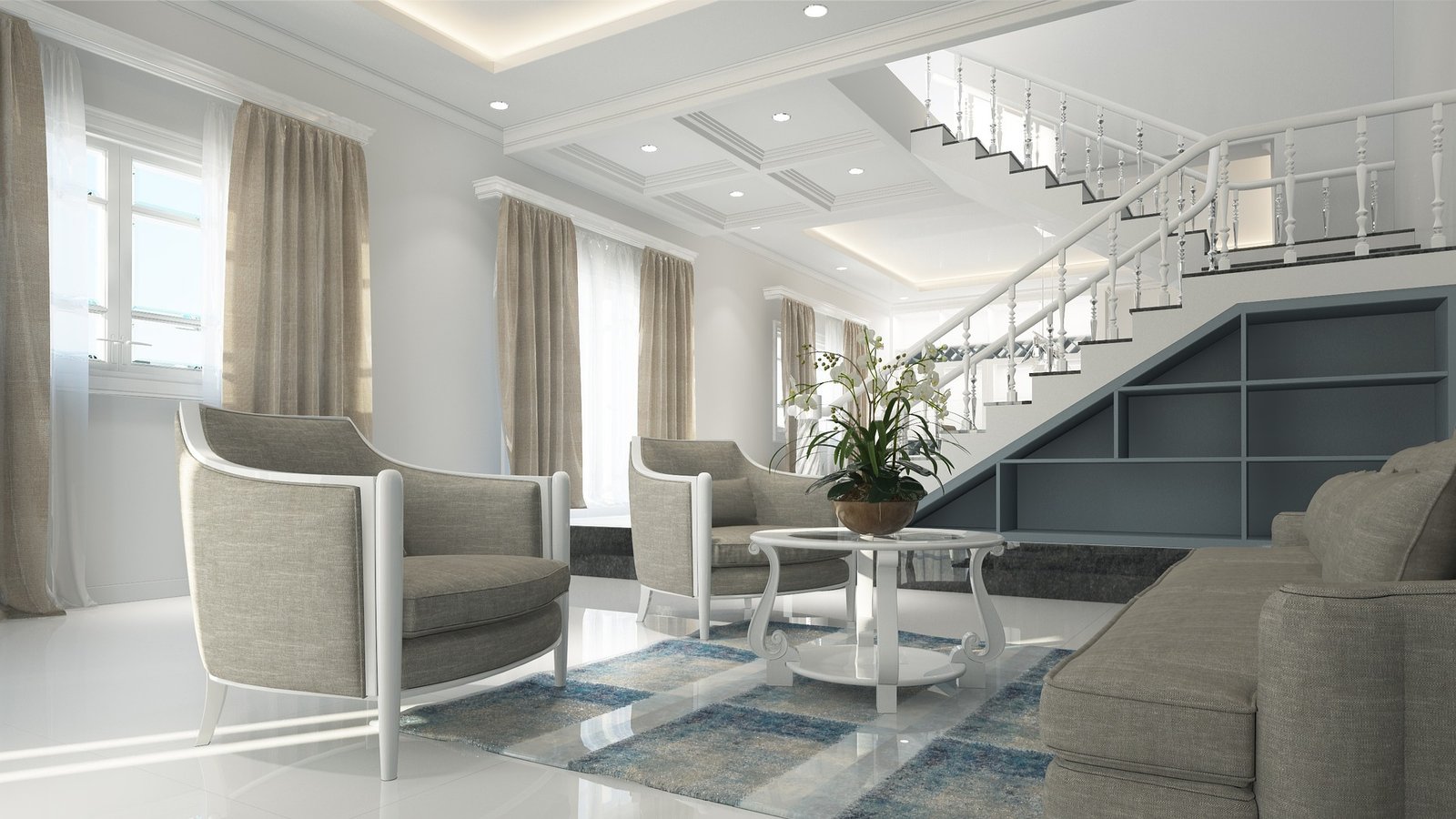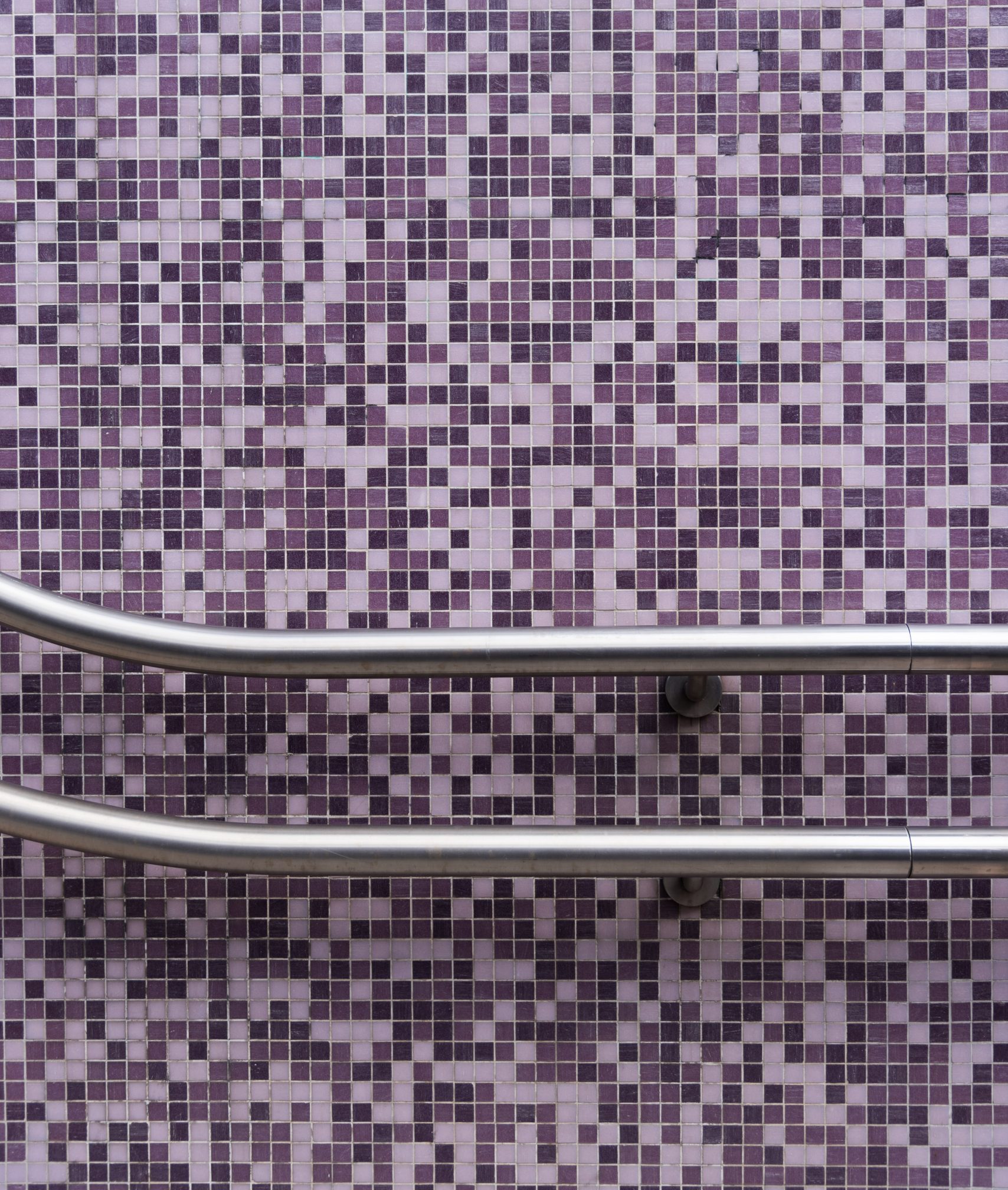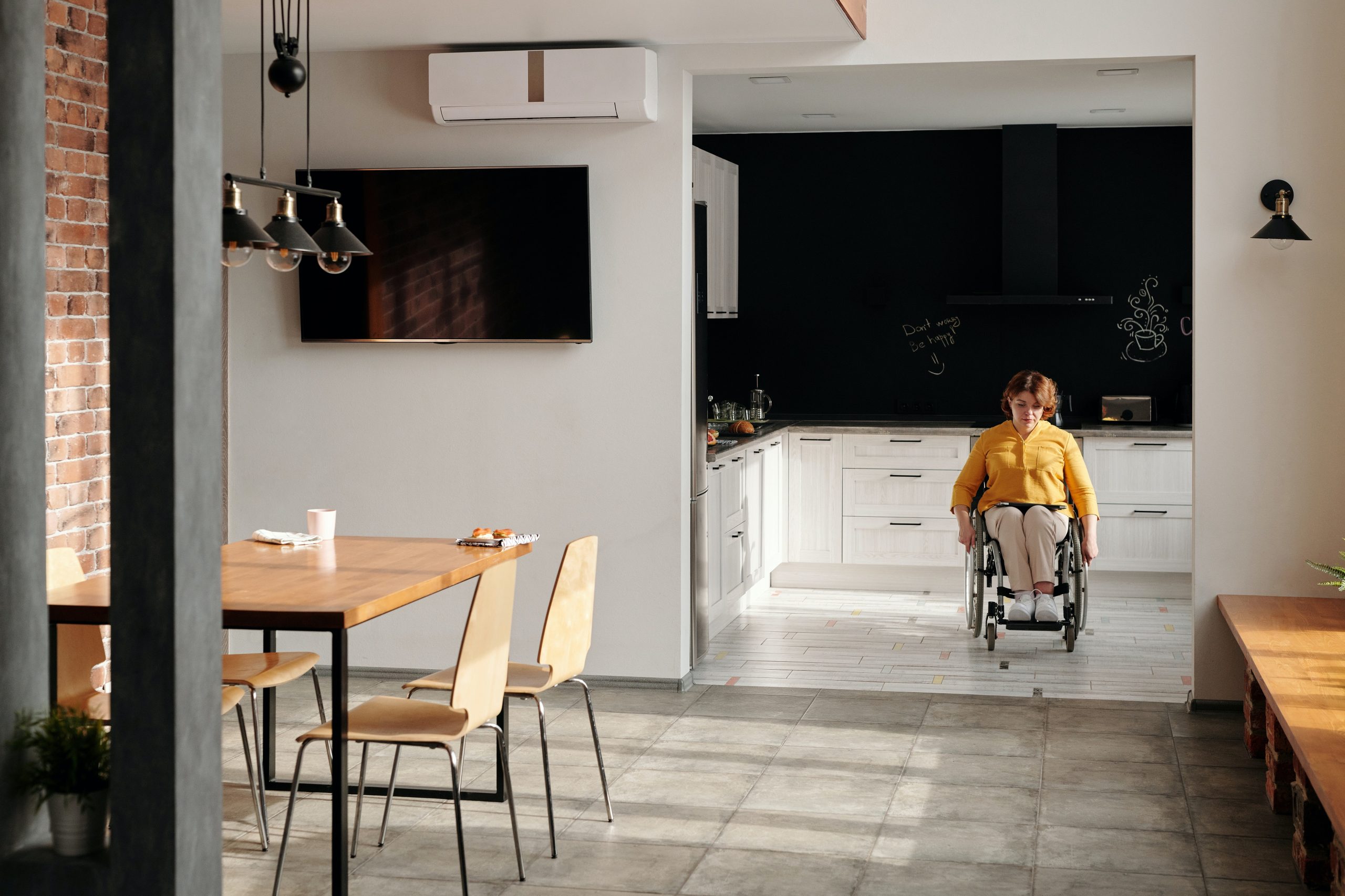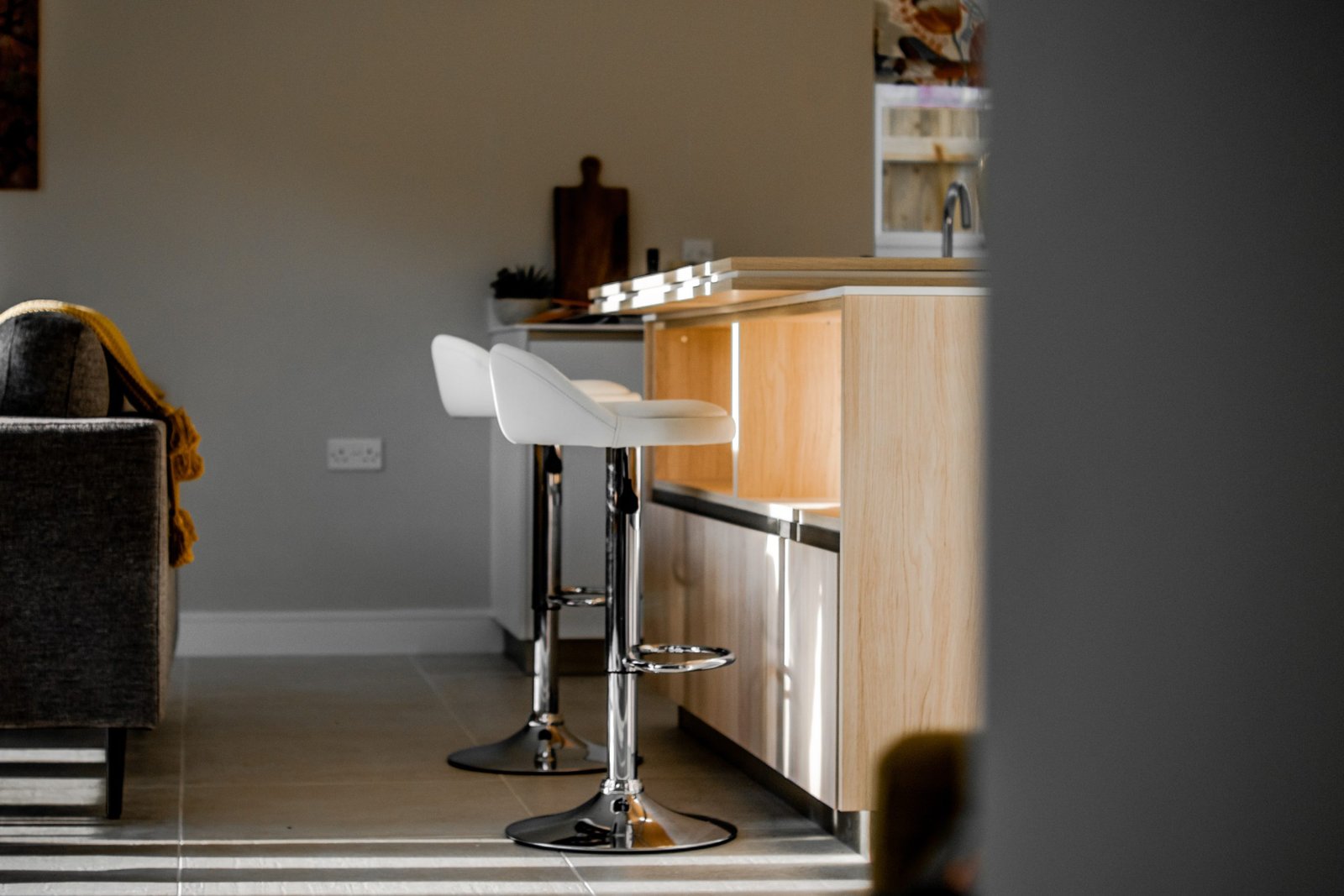
6 Ways You Can Make Your Home More Accessible
Are you looking to make your home more accessible for visitors and family members?
Making your home more accessible is important in creating a safe and comfortable living environment for everyone. Whether you are looking to accommodate the needs of a family member with a disability or elderly relatives or want to make your home easier to navigate for guests, there are plenty of ways to make your home more accessible without breaking the bank. If you are in the house-buying market, make sure to talk to your Realtor to assure they know what you need. This article will discuss six simple and cost-effective ways to make your home more accessible. Let’s get started.
1. Install a Home Lift
One of the best ways to make your home more accessible is to install a home lift. Home lifts are specifically designed to make navigating stairs easier and safer for those with mobility issues or disabilities. As highlighted by the team behind StiltzLifts, these lifts come in a wide variety of designs, shapes, and sizes, so you can easily find a model that fits the décor of your home. Additionally, many models are energy-efficient and can be operated with just the press of a button.
When choosing a lift for your home, it is important to consider the space available and the weight capacity you need. If you are considering a model with a wheelchair, it is also important to ensure there is enough room to maneuver around your home when the lift is in use. For instance, choose a model with a smaller base if you have a tight hallway or landing.
2. Install Handrails
Handrails are an important part of making your home more accessible. Installing sturdy handrails at key points around the house will provide added safety and stability when navigating stairs and hallways. You can also install handrails on the walls outside of bathrooms to make it easier for those with physical disabilities to enter and exit the room.
Some factors to consider when installing handrails include the type of material you use and its durability. Metal handrails are strong and can support a lot of weight, while wooden handrails may not be as durable. It is also important to consider the design of the rails so that they are easy to grip and comfortable for those with arthritis or other joint issues. Be sure to also securely install the handrails to be safe to use.

3. Improve Home Lighting
Good lighting is essential for making your home more accessible, especially for those with vision impairments. Installing additional lights in key areas such as hallways, staircases, and bathrooms can make it easier to move around when visibility is low. You should also consider replacing your existing lighting with energy-efficient bulbs and fixtures to reduce electricity costs.
In addition to improving visibility, good lighting can also make a home feel more inviting and comfortable. Consider using different types of lights, such as wall sconces or track lighting, to create an inviting atmosphere for guests. Installing dimmers on your lights can also come in handy if you want to adjust the brightness of a room depending on the occasion.
4. Install Lever Handles
Lever handles are an easy and cost-effective way to make your home more accessible. These handles are easier for those with limited dexterity or mobility issues to use, as they simply require a lever to be pushed down instead of a traditional door knob. Lever handles are also safer for people with balance issues, as they provide extra stability when opening and closing doors.
For an added touch of style, you can choose from many different types of lever handles available in a wide range of colors and finishes to match the rest of your home décor. Lever handles are also easy to install and can be found at most hardware stores for a reasonable price.

5. Update Your Toilet
Using a standard toilet can be difficult and dangerous for those with mobility issues. Installing a comfort-height toilet or a raised toilet seat can make it much easier to use the bathroom while providing added safety and stability. Comfort-height toilets are slightly higher than regular toilets, making it easier for those with physical disabilities to sit down and stand up.
Raised toilet seats are also a great option for those with limited mobility. These seats raise the height of the toilet by several inches, making it easier to use without having to strain or overextend oneself. Toilets can also be outfitted with grab bars and non-slip mats for extra stability and safety.
6. Remodel Doorways
Another way to make your home more accessible is to remodel the doorways. Widening entrances can make it much easier to maneuver wheelchairs, walkers, and other mobility aids through them. It is also important to ensure that doors are large enough so that people don’t need to duck or squeeze through them when entering a room.
Keep in mind that widening doorways can also require structural changes to the walls, so it is best to consult a professional if you plan to remodel your doors. Additionally, installing automatic door openers can be an added convenience for those with limited mobility and make entering and exiting the home much easier.

Making your home more accessible doesn’t have to be a difficult or expensive project. Proper planning and simple updates can create an inviting and safe environment for people of all abilities. From installing handrails, updating lighting fixtures, or widening doorways, there are many ways to make your home more accessible, so everyone can enjoy it. With a little effort, you can create an accessible and comfortable home for yourself and your loved ones.








